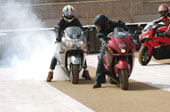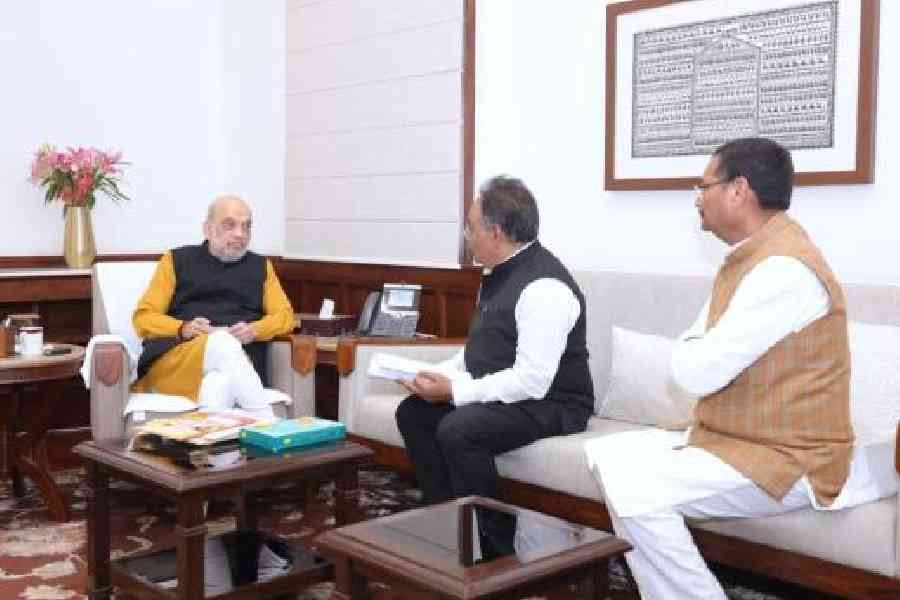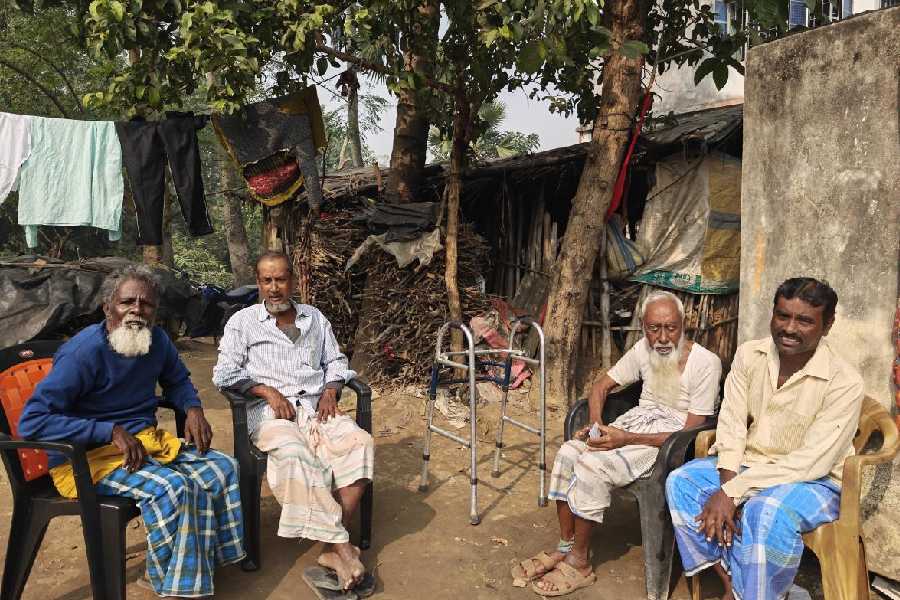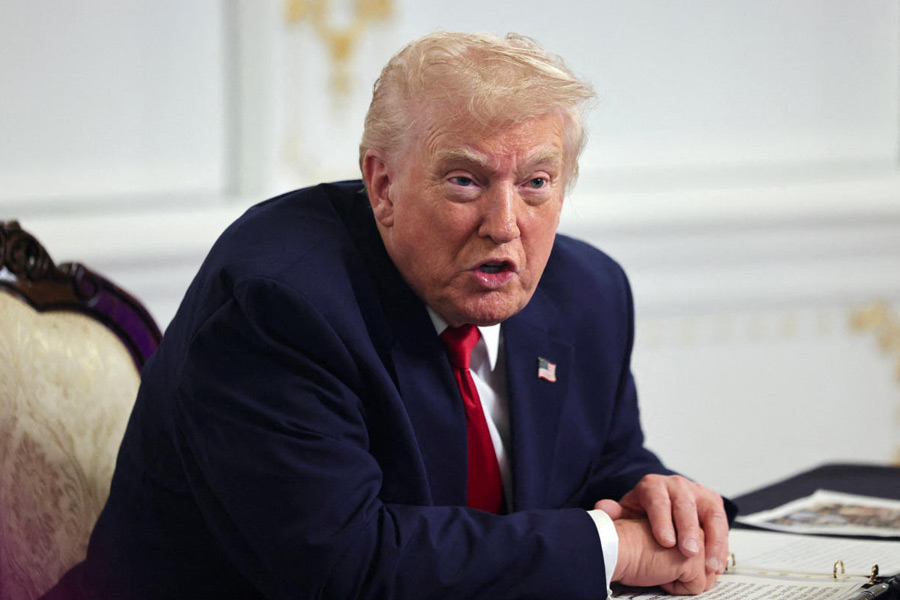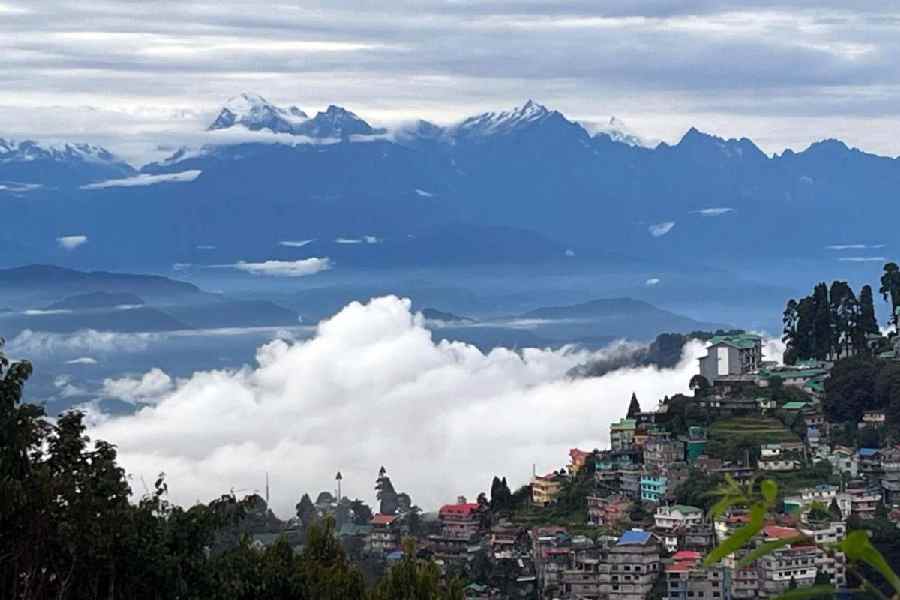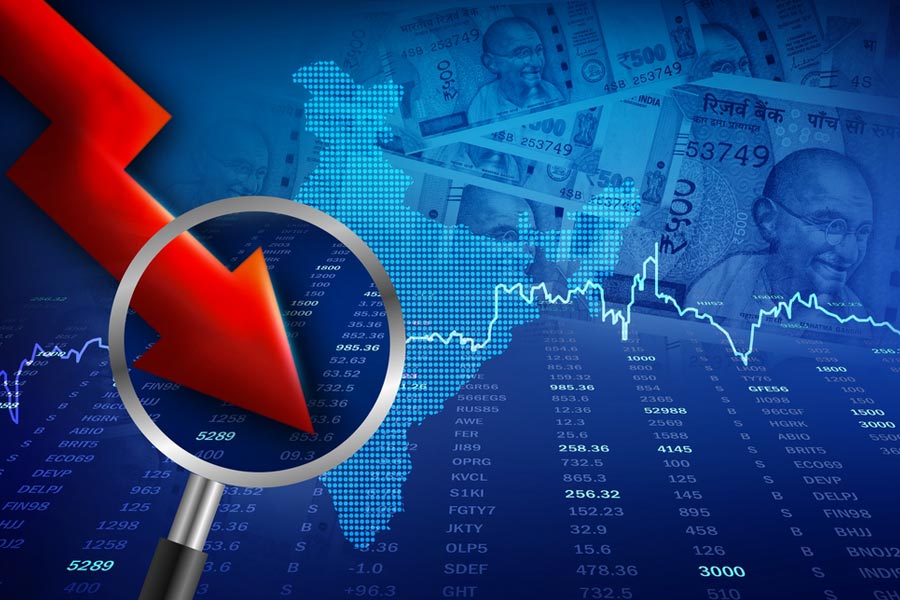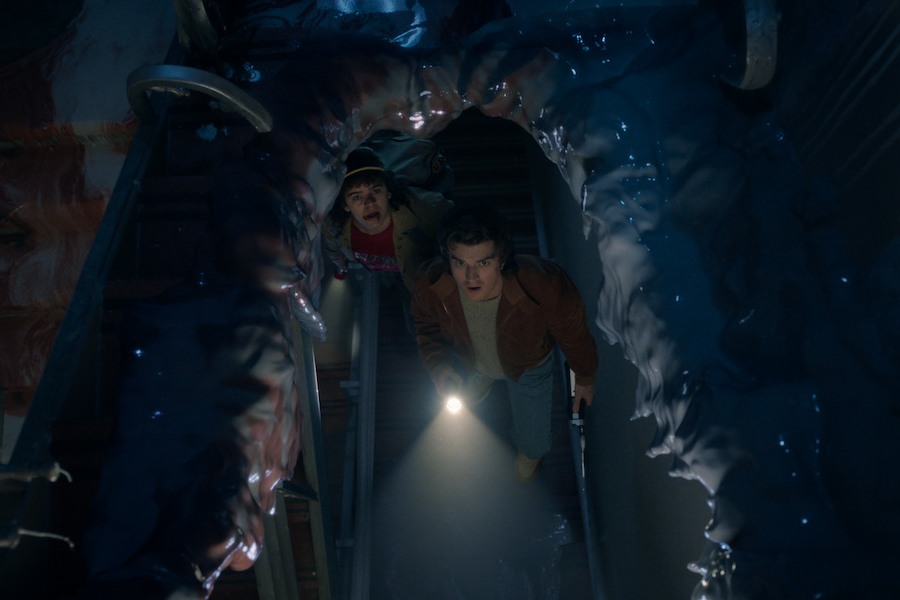 |
| Speed thrills: Drag meets are gradually turning into a ritual in Bangalore and Mumbai |
Vinod Ratnam had been waiting for the phone call all evening. It was close to midnight when a crisp call finally came through ? Ratnam’s friend informed him that the week’s drag race was taking place on Devanahalli Road, on the outskirts of Bangalore.
Ratnam made it just in time to watch the race take off. The first duel was between a souped-up Zen and a Lancer. As the referee raised his hand, the boom of nitrous oxide-powered car engines shattered the still of the night. The race was over in 15 seconds as the Zen beat the Lancer to the electric pole ? which served as the finishing line.
The 100-odd people who had collected to watch the race applauded. Over the next half-hour, 10 four and two-wheelers raced up and down the make-shift race track. A tea vendor sold refreshments. Between races, some bikers did wheelies to amuse the audience. “It was like an informal game of gully cricket. Everyone was having fun,” says Ratnam, a 29-year-old Bangalore-based real estate broker and professional drag racer.
But the fun ended at the first sign of the police. The cars and crowd did the disappearing act. “Everyone had one ear open for the police. The cops get very tough with night racers,” says Ratnam.
For Ratnam, the arrival of the police brought his adventure to an end even before it had truly begun. Since then, he has never re-visited a night drag. “I know it’s illegal. I now keep away from it,” he says. But he will tell you that Saturday night drag meets are a ritual in Bangalore. “The venue is decided at the last minute. Only a close group of people know about it,” says Ratnam.
Essentially a 400-metre maximum acceleration run, drag racing is a popular night street culture in Bangalore and other metros. “Illegal drags are a huge underground movement in the city. It has become an ego sport for the city’s youth to display their machines and machismo,” says Subhabrata Ghosh, chief operating officer of ad agency Saatchi & Saatchi and a keen drag culture watcher.
But the city police aren’t impressed. Bangalore’s drag culture came over-ground two weeks ago, when a police constable patrolling MG Road at midnight was killed by a speeding black Scorpio. The constable was guarding one of the many barricades set up across town, as part of the traffic police’s drive to crack down on late-night drag races.
“Drag races have made the city roads unsafe at night,” says M.N. Reddi, joint commissioner, traffic police. “Since Bangalore has become a 24/7 city, there are people using the roads at all times. Speeding vehicles cause more than half the city’s road accidents,” he adds.
To hold a drag race, the organisers need to first obtain the permission of the police. Night drag racing, obviously, flouts the rule, which makes the sport illegal. Police hold that people often place bets on winners and losers.
But Bangalore is not an exception. Earlier this month, the police in Noida, on the outskirts of Delhi, arrested three young men for speeding down the Greater Noida Expressway ? a swank toll bridge ? on a Sunday evening. During interrogation, the youth revealed that they were street racing. “About 20 cars were racing down the Expressway. They had placed a bet of Rs 10,000, which went to the winner,” says S.K. Sharma, station house officer of the local Kasna police station. The youth told the police that this was a routine Sunday activity for them.
Clearly, speed thrills. “The youth identify with the speed, slick technology and glamour that drag races stand for. The sport has gained a phenomenal fan following in four years,” says Hormaz Sorabjee, editor, Autocar India.
Sorabjee should know. When Autocar India organised the country’s first drag race meet in Mumbai in 2002, it received a little over 100 entries. “Barely a thousand people showed up to watch the race,” recalls Sorabjee. That’s all in the past. The last drag race held in Mumbai ? Speed Run, 2005 ? received a runaway 530 entries. Some 30,000 people came to watch the speed sport. “We had trouble controlling the crowds,” says Sorabjee.
Now, between Mumbai and Bangalore, six organised drag race events are held every year. Starting 2007, the Motor Sports Authority of India will hold national championships across India. “Chennai, Coimbatore and Hyderabad will be the new drag venues in the first year,” says Ghosh.
Bangalore has adopted drag racing as its own baby. Last year’s Bangalore Habba ? an annual festival that showcases everything indigenous to the city ? organised a drag race for the first time. Called Burnout, the race turned out to be the Habba’s biggest crowd-puller. “The race venue ? Bangalore’s Jakkur Aerodrome ? wasn’t large enough to accommodate the 20,000 spectators that showed up,” says Jagat Nanjappa, the event organiser and proprietor of the city-based Nanjappa Racing Foundation.
More than 350 vehicles enlisted to compete at Burnout. Modest Marutis rubbed mud-guards with souped-up City’s and tweaked Lancers. Local Yama has raced along with the high-horsepower Hayabusas. “It didn’t matter that the prize money was just enough for one night’s party. People participated for the thrill of driving full throttle,” says Nanjappa.
The opening of India’s automobile market has fuelled the need for speed. “The cars that drag race are now the cars that everyone drives,” says Nanjappa. Also, with a growth rate of 20 per cent, the Indian automarket has come under the global spotlight. “Every automobile major wants a slice of the profit pie. It’s a fit case to promote a spectator-friendly motor sport like drag racing,” adds Nanjappa. Companies such as Bharat Petroleum and Castrol are already sponsoring drag events. “We are in talks with several auto majors about supporting drag meets in Bangalore. The response has been positive,” says Nanjappa.
It helps when celebrities such as Sachin Tendulkar, John Abraham and Kunal Kapoor openly profess to be drag fans. “Drag meets have become PR events. It has helped the sport get sponsors,” says J.D. Madan, a Chennai-based shipping tycoon and a regular at drag racing dos.
Moreover, speed-freak films like Too Fast, Too Furious and the desi Dhoom, are generating a growing interest in fast cars and the Schumi syndrome. Nitrous oxide is no longer synonymous with laughing gas ? car lovers know NOS as the gas that turns four-wheelers into rocket engines. “People spend lakhs on modifying their machines,” says Fazal Khan, a Bangalore-based car tuner, who also runs a professional drag race team called The FRK Team.
Khan gives an under-the-bonnet view of the boom in the car modification market. Till five years ago, he modified two to three cars in a year. “Now I get 50 cars for modifications in a month,” he says.
Khan’s garage guarantees every modification. The usual list includes lowering the car’s centre of gravity, aerodynamic components, exhaust filters and nitrous oxide fuel. “Basic modification costs Rs 50,000. There is no upper limit,” says Khan. According to unofficial estimates, the vehicle modification business in Mumbai is worth about Rs 10 crore.
More modified cars means more illegal drag races. “People who spend big bucks on their cars want to race regularly. Six organised drag events in a year are not enough,” says drag racer Ratnam.
Ratnam remembers the early days of drag racing in Bangalore. “Local drag clubs ? like the Jaynagar, Vijaynagar and Sultanpalya clubs ? flourished in the city during the early 1990s,” he says. The clubs organised weekly drag meets. Inter-club rivalry was the stuff local legends were made of. Bangalore’s booming traffic cornered the clubs. The traffic police banned all drag races on city roads. “The clubs didn’t have money to hire the Jakkur airstrip. They shut shop,” says Ratnam.
But underground movements are not easy to curb. Just ask Vinod Ratnam.
(With additional reporting by Anirban Das Mahapatra)

